Invaluable treasures: UNESCO World Heritage Sites in Hungary
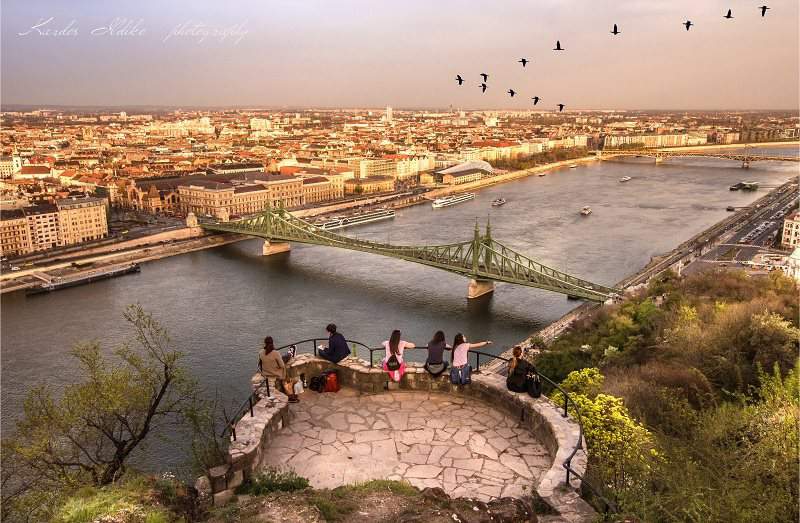
Do you get more excited about visiting a place when you find out that it is part of the UNESCO World Heritage? Well, we definitely do, because the certification proves that the given site is of immense value. Listed below you find our 8 Hungarian World Heritage Sites and also the reasons why they are special 🙂
According to vilagorokseg.hu, Hungary joined the World Heritage Convention in 1985 and included the conditions in the Hungarian rule of law in the form of a statutory rule. Two years later, the World Heritage Committee decided on the first Hungarian sites to be added to the collection.
Since the summer of 2002, Hungary is the proud owner of 8 World Heritage sites. Out of them, seven belong to the ‘cultural’ category while one is listed in the ‘natural’ category. We share two of the sites (Caves of Aggtelek Karst and Slovak Karst, Fertő/ Neusiedlersee Cultural Landscape) with our neighbours, Slovakia and Austria.
Budapest: Banks of the Danube, the Buda Castle Quarter and Andrássy Avenue
Budapest, divided by the Danube into a steep and a flat side, and united by the delicate bridges, offers a unique panorama. The urban landscape on both sides of the river are rich in architectural wonders that represent the most important periods of history.

Budapest, united from three city parts in 1872-73, developed into a metropolis in fifty years, while guarding the structural characteristics of Buda and Pest. The pairing of the medieval-baroque Buda and the art nouveau Pest is simply enchanting.
Why is it a World Heritage Site?
When designing and constructing the Andrássy Avenue and its surroundings, the most modern techniques were used. Moreover, the Hungarian capital receiving and passing on cultural impacts is a typical example of the Central European city development that joined periods of destruction and renewal.
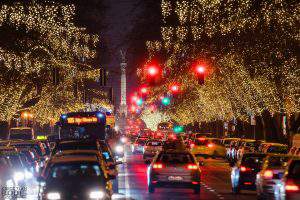
Since when?
1987 (expanded in 2002)
Old Village of Hollókő and its Surroundings
The consciously preserved Old Village of Hollókő, where traditions are still alive, is a Palóc settlement found in Nógrád County, North Hungary. The village evokes the beginning of the 20th century with a traditional architectural structure made up of 55 residential buildings and one church.
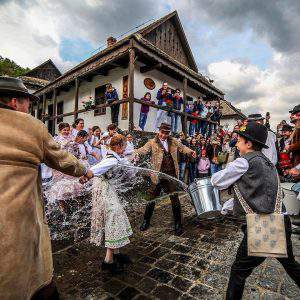
The historic settlement structure, the traditional Palóc architectural style and the use of material forms a harmonic unity with the natural environment. The 145 hectare World Heritage Site also includes the medieval castle ruins, the grazing-lands at the border and the close-by hills, forests and meadows.
Why is it a World Heritage Site?
It represents a culture that has become vulnerable due to the irreversible changes in the world. It is the example of traditional rural life, which is vanishing nowadays due to economic and social changes.
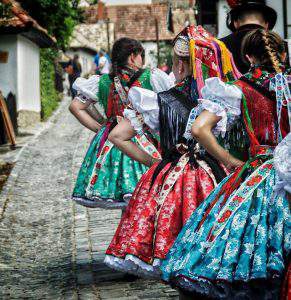
Since when?
1987
Caves of Aggtelek Karst and Slovak Karst
The caves and formations of the Aggtelek and Slovak Karst are of outstanding significance due to the exemplary richness of shapes, their complexity, relative intactness and the fact that they are concentrated in limited space. The system, which lies at the north-eastern border or Hungary and the south-eastern border of Slovakia, consists of more than 1,000 caves.
It is one of the most astonishing and complex examples of the mid-mountain karst formation in the moderate climate zone, while it is also rich in biological, geological and paleontological values.
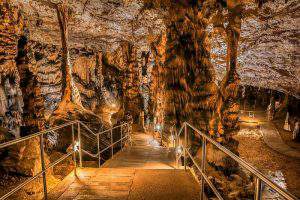
Why is it a World Heritage Site?
The geological and geomorphological formations give evidence of thousands of millions of years of history. There are also traces signalling ice age climatic conditions, which is “well-documented” on a world scale.
Since when?
1995
Millenary Benedictine Abbey of Pannonhalma and its Natural Environment
According to vilagorokseg.hu, the building complex of the abbey towers above the West Hungarian Pannon landscape on a hill, which was once called the “Sacred Mountain of Pannonia” (Mons Sacer Pannoniae). The Benedictine Order’s monastery was founded in 996. Hence it is the same age as Hungarian statehood.
The abbey is home to rich artistic and scientific collections. Its library is of outstanding value – among others, this is where the document containing the oldest Hungarian written words is kept. The most significant contemporary activity of the order is probably the education of the youth.
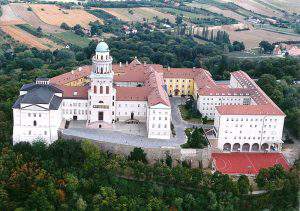
Why is it a World Heritage Site?
The monks have maintained their institutions for a thousand years. The location of the monastery essentially represents the harmony of the natural and built environment.
Since when?
1990
Hortobágy National Park – the Puszta
The Hortobágy National Park is the excellent example of the interaction between man and nature, which is embodied in animal keeping adjusted to natural conditions (licks, steppe, meadows, watery lands etc.).
The draw-wells, 18th and 19th-century taverns and bridges contribute to the unique face of the cultural landscape. The majority of the Puszta is unpopulated up to this day, but several animal keepers herd their flocks, mobs there from April until October.

Why is it a World Heritage Site?
It has been guarding the sound and visible evidence of the traditional grazing land use for more than two thousand years. Moreover, it is the perfect example of the harmonic relationship between humans and nature.
Since when?
1999
Early Christian Necropolis of Pécs
The ancient Romans founded Sopianae in the place of today’s Pécs at the beginning of the 2nd century. By the 4th century, it had become a flourishing province seat and one of the significant centres of Christianity. The late-Roman Christian cemetery (necropolis) is one of the most important provincial cemeteries.
The excavated remains versatilely demonstrate the architectural and artistic style of the former Roman provinces and the roots of a culture still alive.

Why is it a World Heritage Site?
The remains prove the belief and power of the Christian communities of the late Roman Empire. It also illustrates the early-Christian burial habits of the northern and western provinces and the roots of a culture that is still alive.
Since when?
2000
Fertő/ Neusiedlersee Cultural Landscape
Mysterious saltwater lake, swamp, moorland, canes and a diverse, romantic land – this is what most people visualise when hearing the word ‘Fertő’. The region, which was divided by the borders drawn in 1920 but is still united geologically and historically, is characterised by peculiar natural givens and a unique paysage.
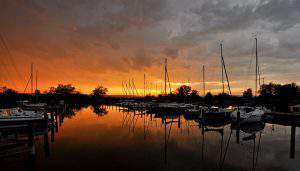
Lake Fertő is Europe’s biggest saltwater lake, which is also the westernmost representative of Eurasian steppe lakes. It was declared a biosphere reserve in 1979 by the UNESCO. One of the most visited sights in the neighbourhood is the Eszterházy Castle.

Why is it a World Heritage Site?
It preserves the centuries-old tradition of viniculture, wine-production and stock-farming, along with the architectural curiosities of the region. The flat lakeland lying at the feet of the Alps is the home of unique flora and fauna thanks to the continental, Mediterranean and Atlantic climatic effects.
Since when?
2001
Tokaj Wine Region Historic Cultural Landscape
The combination of the special climatic, environmental givens of the Tokaj-hegyalja and human activity created a special wine culture. The historic cultural landscape lies at the feet of the Zemplén Mountains, along River Bodrog.
The 88 thousand hectares big World Heritage site includes 27 settlements. The region is also special from a geologic and geographic point of view. The rocks shaped by volcanic and post-volcanic activity resulted in the formation of different soil types adequate for viniculture.
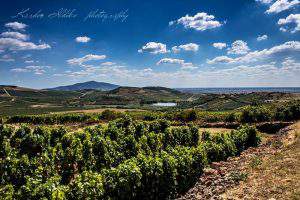
Why is it a World Heritage Site?
It embodies unique, centuries-old vinicultural traditions, which maintained an existence in an unchanged form. Furthermore, the region kept its unity (vinelands, settlements and cellars) throughout time.
Since when?
2002
Featured image: www.facebook.com/KardosIldikóPhotography
Source: http://www.vilagorokseg.hu/

